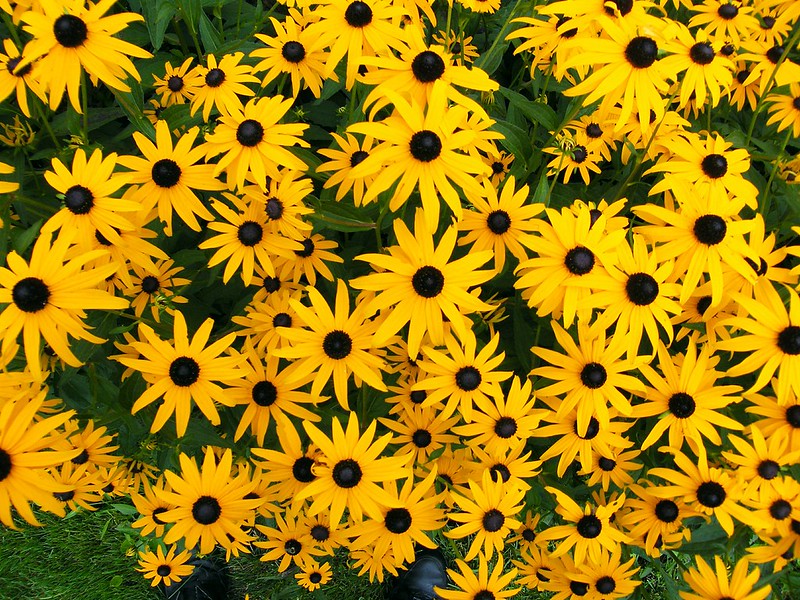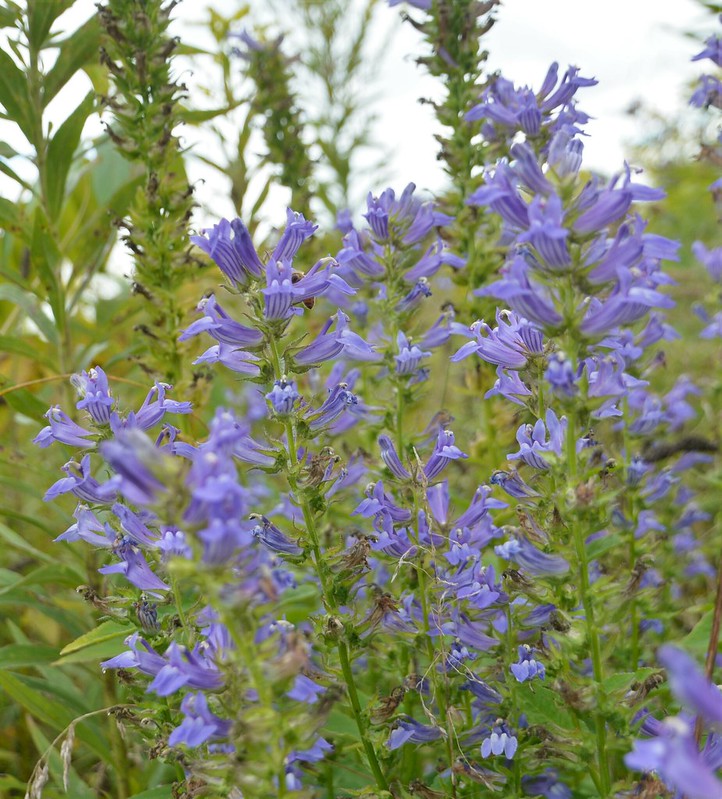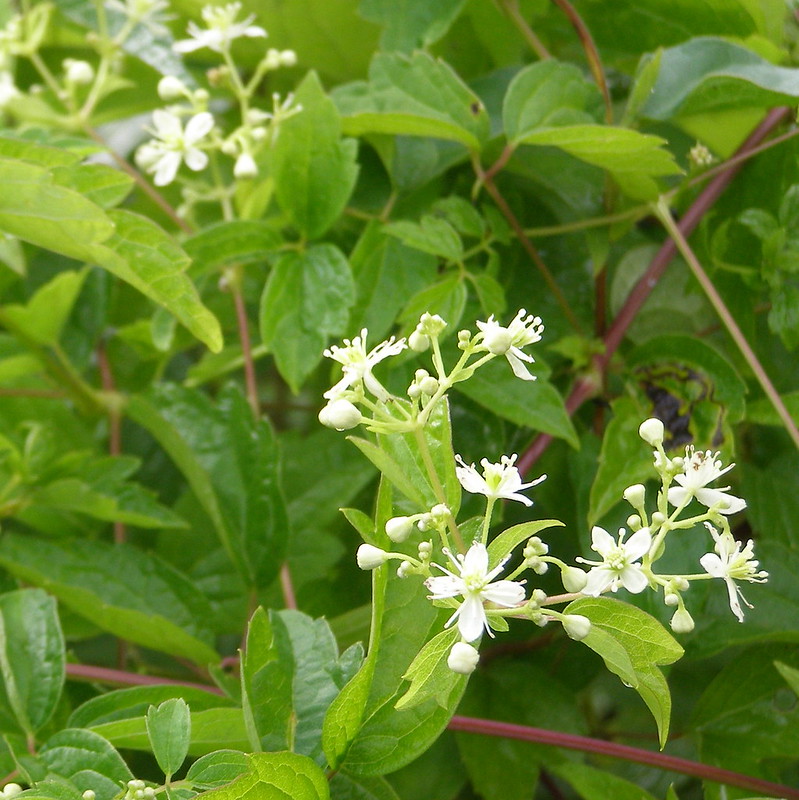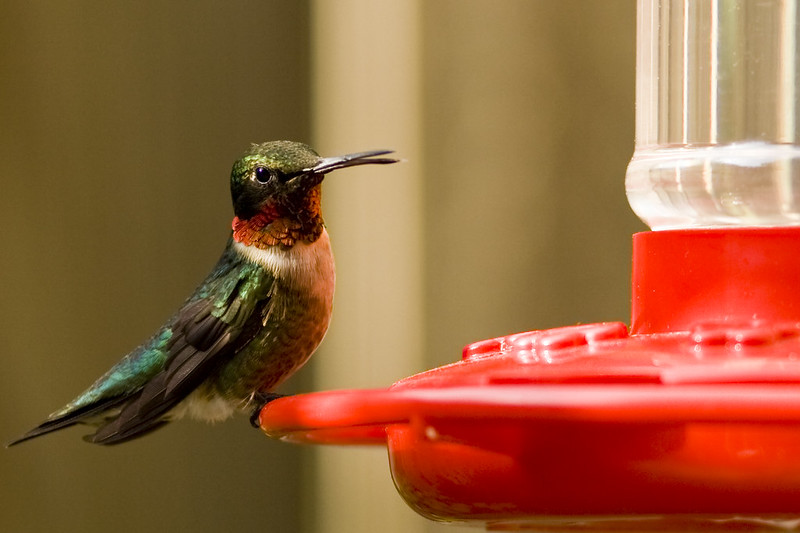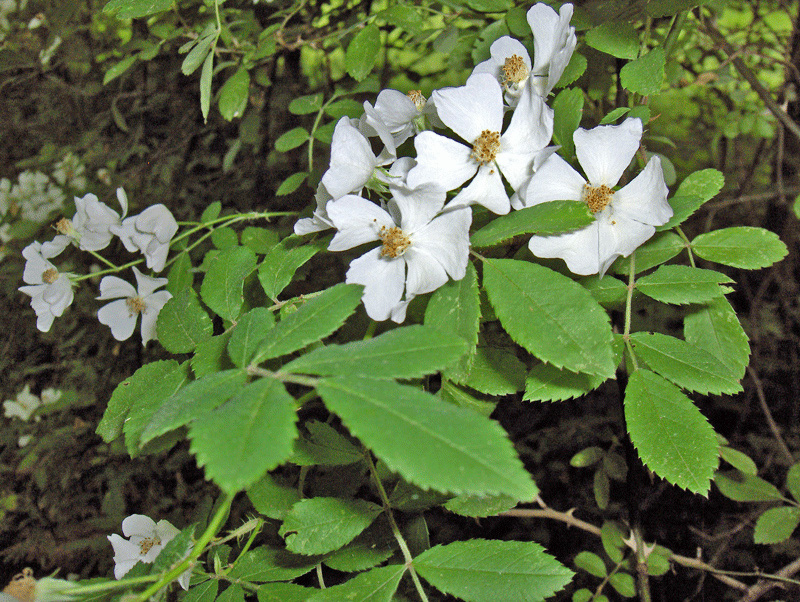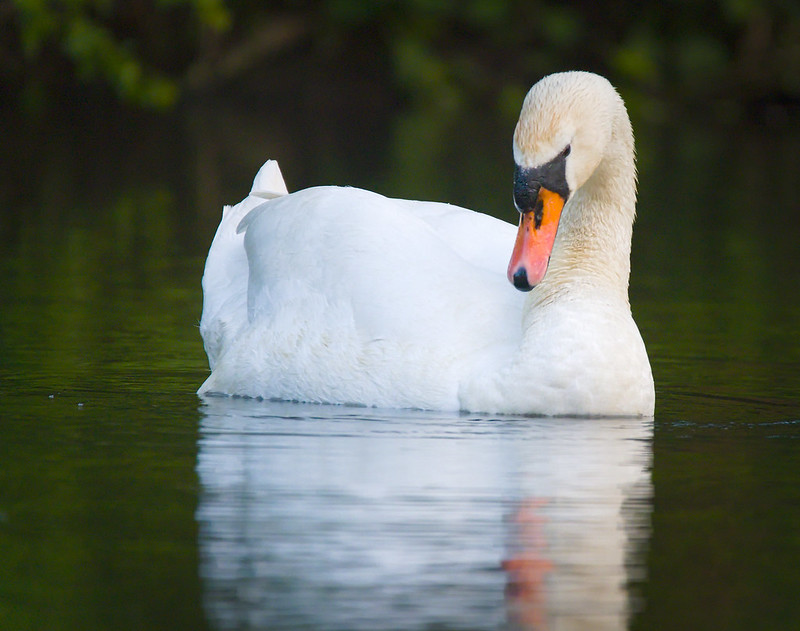Fire Keeps the “Pine” in “Pine Barrens”
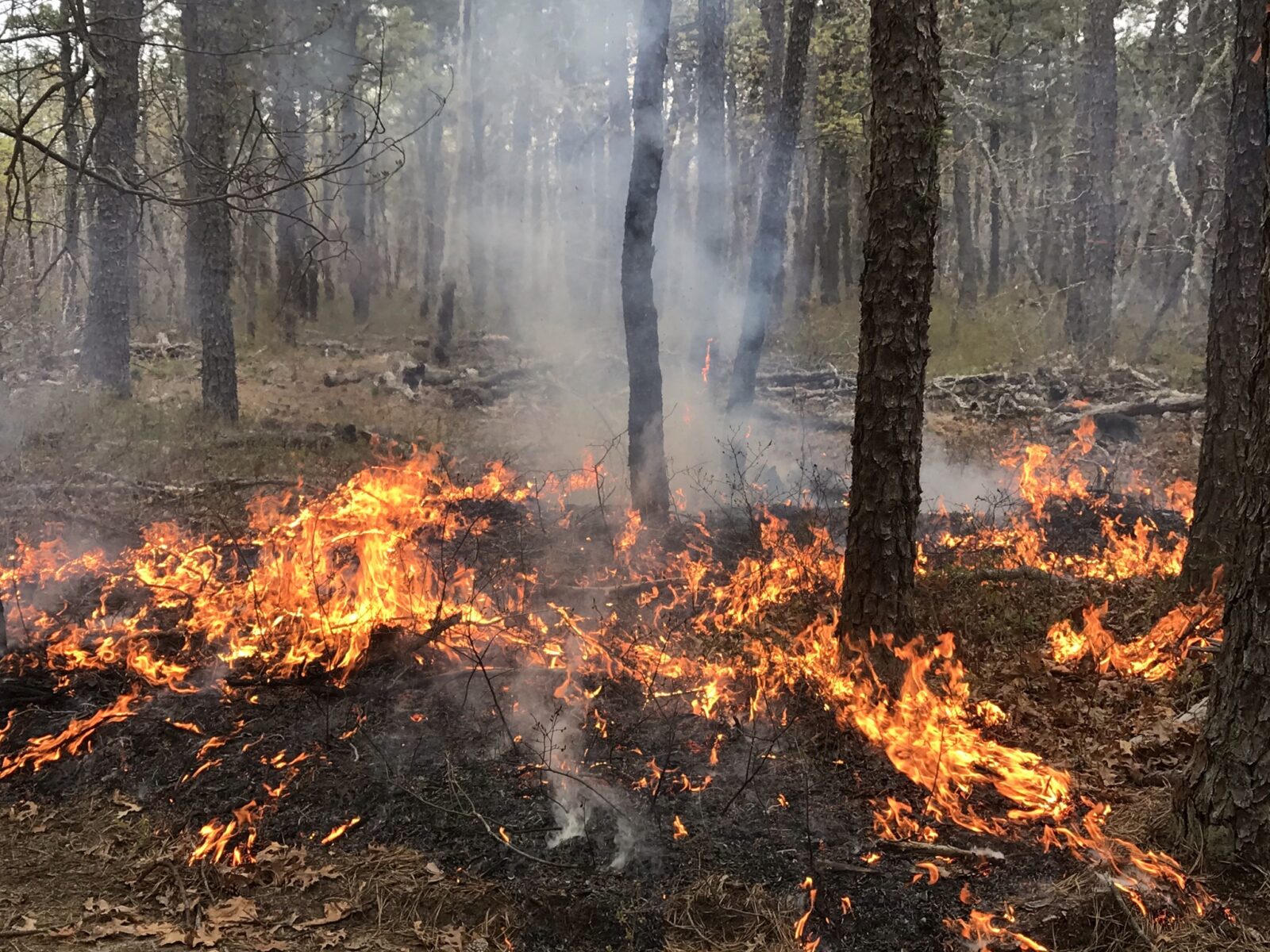
The Long Island Pine Barrens is a fire-dependent ecosystem, meaning that the health of the ecosystem depends on consistent wildfire. Many of the plants and animals of the Pine Barrens have evolved unique adaptions to the historical presence of wildfire. Years ago, when Long Island was largely undeveloped, wildfires would start frequently, usually due to natural causes like lightning strikes. Large swaths of the Pine Barrens would burn often, leaving the plants and animals to adapt and consequently rely on fire.
Unique Adaptions
The dominant tree in the Pine Barrens, the Pitch Pine (Pinus rigida) has several unique adaptions to fire, including its thick armor-like bark and serotinous pine cones. This type of pine cone is covered in a thick resin that must be melted in order for the cone to open and release its seeds. The Pitch Pine’s thick bark protects the tree’s inner sensitive material from wildfire.
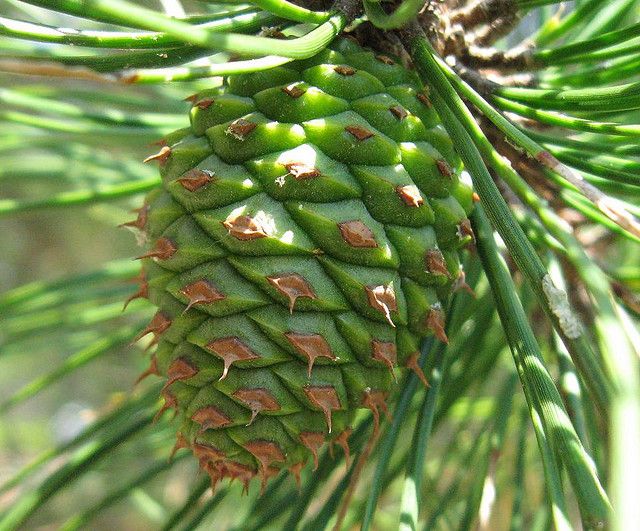
Serotinous pine cone on a Pitch Pine tree
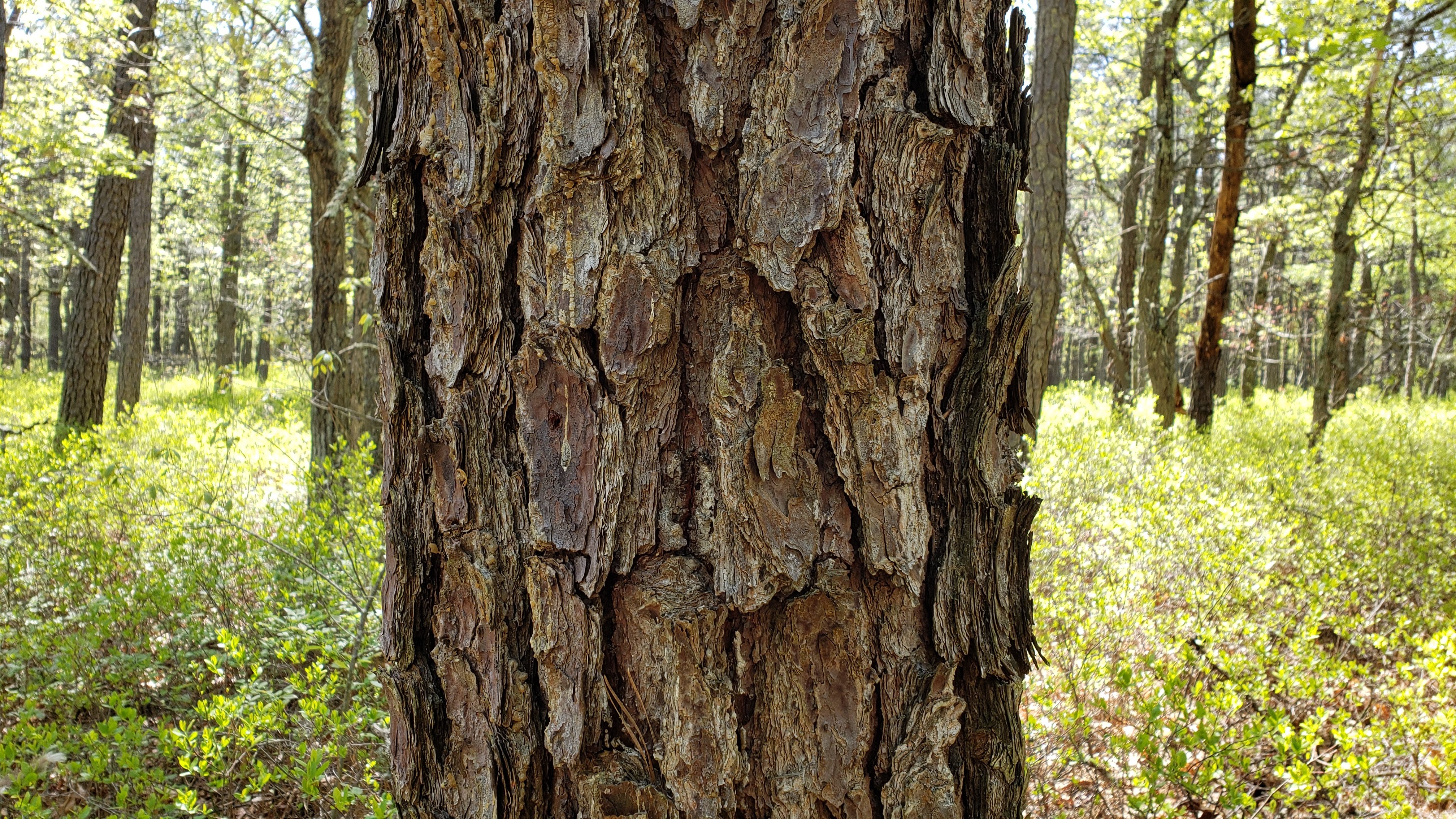
Thick armor-like bark of a Pitch Pine tree
Other plants, like the Heath family of plants that are commonly found in the Pine Barrens (blueberry, huckleberry, laurel, etc.) have underground rhizomes. Rhizomes are an underground lateral stem. So the plant material above the soil may burn, but after the fire, they are able to re-sprout from their rhizomes.

One endangered animal species that calls the Pine Barrens home, the Coastal Buckmoth, has also adapted to frequent wildfire. In the hottest months of Summer, when wildfires were common, the Buckmoth larvae will crawl under the soil and remain dormant until the cooler months of Fall.
Without the presence of fire, many of the native species of the Pine Barrens fail to thrive.
The Problems with Fire Suppression
As Long Island became increasingly developed, the practice of fire suppression became heavily utilized in order to protect homes and property, curbing many of the natural wildfires that once took place. This has caused the Pine Barrens to remain largely fire-suppressed, creating an actual greater wildfire risk and compromising ecosystem health. Without fire, combustible fuel loads build up– the leaf litter, pine needles, and brush along the forest floor that builds up over time. The greater the fuel load, the larger, more dangerous and quick-spreading any potential wildfire could be. Without proper fire management, Long Island runs the risk of having another uncontrolled fire like the 1995 Sunrise Fire, which burned 3,198 acres. It’s important to actively maintain forests by reducing fuel load along the forest floor. In addition, due to fire suppression, many of the species of the Pine Barrens that rely on wildfire are failing to thrive. In some areas, Pitch Pines are being outplaced by harder woods like oaks. Fire is what keeps the “Pine” in “Pine Barrens.”
Prescribed Fire
The solution is for forest managers to apply prescribed fire or a controlled burn. The National Park Service defines this as “lighting a fire in an area after careful planning and under controlled conditions.” A prescription is described as “a set of conditions that considers the safety of the public and fire staff, weather and probability of meeting the burn objectives.”
However, not nearly enough prescribed burning has taken place in the Long Island Pine Barrens and there are several reasons why. Specific wind and humidity conditions are required to conduct a controlled burn. Since Long Island is so densely populated, experts must be sure to be able to precisely manage for smoke. Coordination must occur between the several agencies that manage the Pine Barrens and the local fire departments and all staff, volunteers and rangers must receive special wildfire firefighting training. All of this can cause burns to take years to plan.
Hope for the Future
However, Long Island might be headed on the right track. Last month, three acres of the Rocky Point Pine Barrens State Forest were burned. The three acres are part of a 27-acre site marked off by the New York State Department of Environmental Conservation (NYSDEC) as a “Demonstration Forest.” The forest is designed to test the efficacy of different forest management tools, such as thinning and prescribed burns. The first three-acre block was burned on Tuesday, April 20. The April 20th burn was a joint effort between the NYSDEC and the Central Pine Barrens Joint Planning and Policy Commission. You can read all about this prescribed burn and future plans in our upcoming newsletter, “The Pine Barrens Today.” Our latest edition is expected to come out this month – Stay tuned!
By: Katie Muether Brown, Long Island Pine Barrens Society
Cover Photo: Polly Weigand
Posted on May 13, 2021 by Long Island Pine Barrens Society
4 Native Plants to Add to Your Gardens
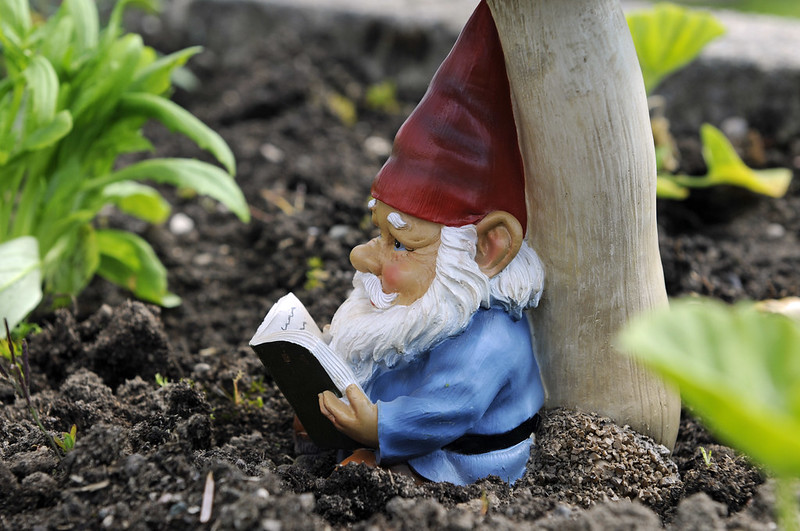
Tis’ the season for gardening.
The Spring season creates a perfect setting to begin planning your home landscaping. If you have a green thumb, curating a garden may be nothing new to you. But, perhaps this year, you’d like to put more meaning into this activity, rather than planting for purely aesthetic reasons. As we’ve mentioned on our blog once before, you can greatly benefit local ecosystems by putting together a garden filled with native Long Island plants! Benefits of native plants include; providing a vital source of survival for native pollinators or insects, less money spent on fertilizers as native plants typically do not require it, less damage caused by invasive plants, and most importantly it allows us to appreciate the beauty Long Island naturally provides!
Here are some Long Island Natives to consider for your native gardens:
1.Black-Eyed Susan
These yellow daisy-like flowers are native to the Eastern part of North America. They bloom from June-October and grow up to 2 feet tall. With these plants you will attract butterflies, sparrows, jays and more!
2. Great Blue Lobelia
This beautiful native flower will add a perfect pop of blue to your garden from July to October. The bright colors are highly attractive to pollinators like bumblebees or hummingbirds! It’s important to keep in mind that this flower requires a moist soil, so you must maintain proper watering practices.
3. New York Aster
Getting its name from its northeast native location, New York Asters don’t stay in bloom very long, so be sure to appreciate these flowers during their short stay between September and October. Make sure to keep these flowers in the sunlight as they typically thrive off dry soil and sun.
4. Virgin’s Bower
If you’re looking to add some native vines into your garden, Virgin’s Bower makes a great option. It’s important to know that these vines grow fast, but can easily be controlled by trimming. The fragrance of the flowers will attract butterflies, hummingbirds and bees! You may even see birds setting up nests within the vines.
Perhaps none of these specific native flowers stand out to you, but don’t worry! The Audubon Society put together a native species database where you can look up native species based on your zip code!
By Miranda Gonzales, Long Island Pine Barrens Society
Sources:
https://deckers-nursery.com/collections/long-island-native-plants
https://www.fs.fed.us/wildflowers/Native_Plant_Materials/Native_Gardening/index.shtml
Posted on May 4, 2021 by Long Island Pine Barrens Society
The Power of Forest Bathing
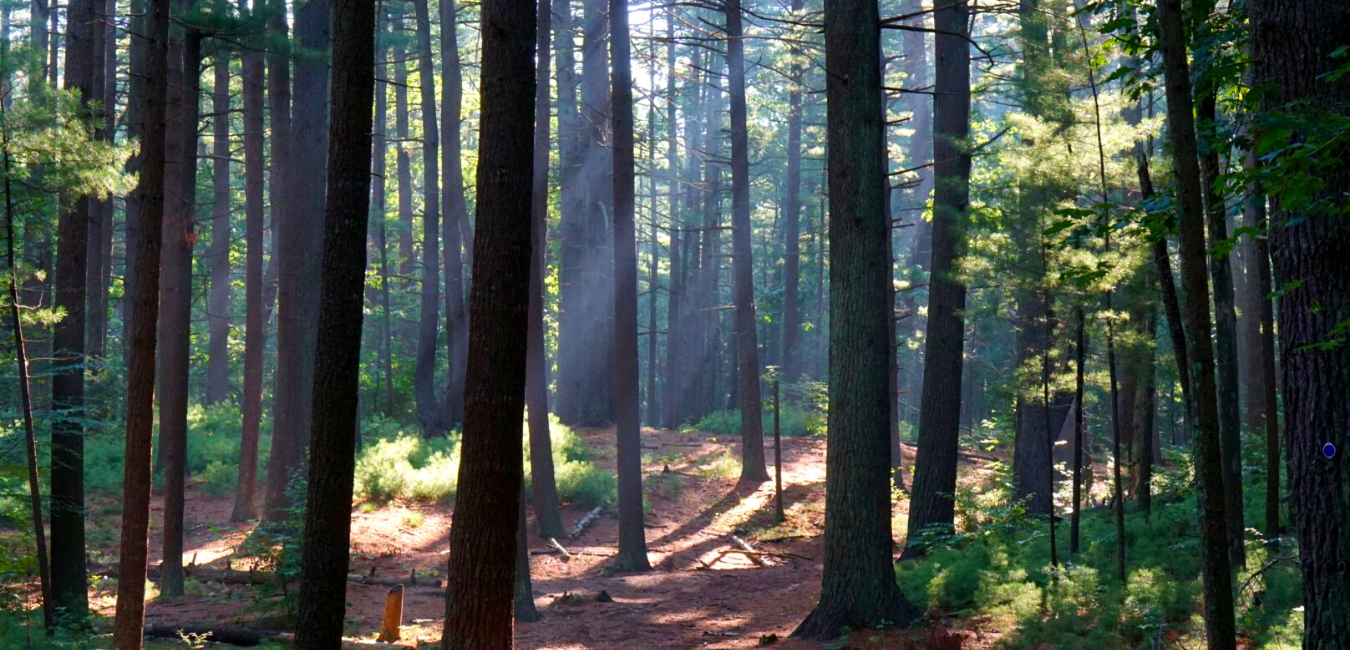
The benefits of spending time in nature are well-documented. In fact, we’ve covered this very topic on our blog before – check it out here. However, if you want to ramp up those benefits to your physical and mental health, you might want to try the Japanese practice of “Forest Bathing.”
What is Shinrin-yoku or forest bathing?
In 1982, the Japanese government coined the term Shinrin-yoku – Shinrin meaning forest and yoku meaning bath. Translated in English to “Forest Bathing,” it is the practice of completely immersing oneself in nature. While the practice of mindfully engaging one’s five senses and the healing powers of nature have ancient roots in Japanese culture, the formal practice of shinrin-yoku was officially developed and coined in the 1980s in response to a public health crisis. People were increasingly living in cities and urban centers, working extremely high-stress jobs, facing burnout and there was a noticeable spike in the occurrence of auto-immune disorders. In response, the Japanese government instituted a national forest bathing program and designated several forest bathing reserves. Forest bathing became an essential part of preventative healthcare and healing in Japanese medicine.
What are the benefits of forest bathing?
There has been nearly forty years of research on the benefits of forest bathing. According to this research, individuals who practiced forest bathing or forest therapy, showed a reduction in chronic widespread pain, depression, anxiety, stress and even lowered heart rates and increased oxyhemoglobin levels. A 2009 study published in the International Journal of Immunopathology, found that exposure to phytoncides, the essential oils found in wood or “aromas of the forest,” significantly increased “human nature killer cells,” a type of white blood cell that boosts immune function.
How to practice forest bathing
Many of us enter the woods with a goal in mind – to get from here to there and back, to walk a certain amount of miles or even to get some great pictures for our Instagram feed. But the practice of forest bathing is much more complex and involves using all five senses to embrace the nature around us.
Want to give it a go? Here are some tips –
- Pick a quiet spot – a popular trail might not be your best option or at least pick a time when a trail might be less congested, like in the early morning. You might even want to give your own backyard a try.
- Leave your phone and other electronic devices behind. This means that you probably shouldn’t head too far into the woods or any place you might get lost.
- Unlock all of your senses. Listen to the birds sing or the wind blow through the trees. Watch the waves crash on the beach or the way the grasses blow in a gust of wind. Pick up some sand and let it flow through your fingers or pick up a pinecone and hold it in your hands. Smell the salty air or the fresh pine needles. Take deep open mouth breaths and taste the wild air.
- As a bonus, you could also consider nature journaling – jotting down or drawing what you see, hear and feel.
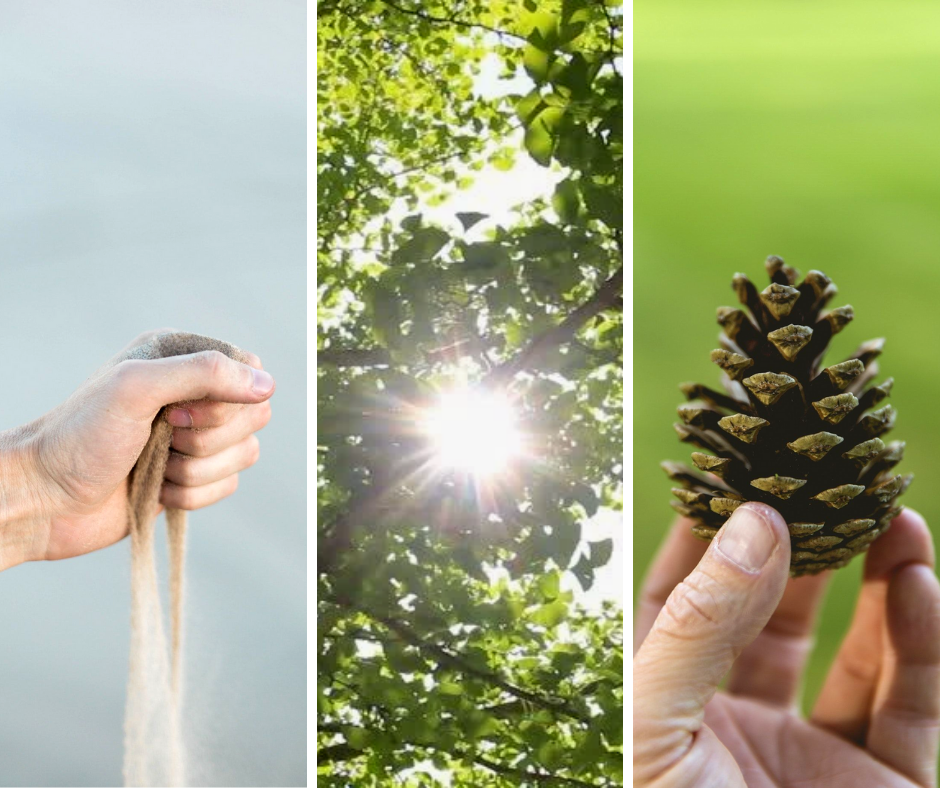
Here are some parks within the Long Island Pine Barrens that might be great backdrops for your forest bathing practice:
- Ridge Conservation Area
- Prosser Pines Nature Preserve
- Calverton Ponds Preserve
- Cranberry Bog Preserve
What are you waiting for? Go enjoy Long Island’s beautiful natural landscape and unlock some great health benefits at the same time.
Sources & Additional Reading:
https://time.com/5259602/japanese-forest-bathing/
https://www.rei.com/blog/hike/theres-no-running-in-forest-bathing
https://www.ianbanyard.com/home/the-origin-of-forest-bathing-forest-therapy/
By: Katie Muether Brown, Long Island Pine Barrens Society
Posted on April 28, 2021 by Long Island Pine Barrens Society
Earth Day 2021

This year, the Earth Day Network announced that the 2021 theme for Earth Day is “Restore Our Earth.” Unknown to many, the Earth Day Network creates a new theme every year to conform with the current environmental problems in that specific year. Some themes from past years include “Climate Action,” “New Energy for a New Era” or “Trees for Earth.” With the 2021 theme being “Restore Our Earth,” the Earth Day Network hopes to promote the importance of preserving and rehabilitating our natural world processes and support new “green” technologies. As we can see, not only with the climate emergency, but with the COVID-19 pandemic, reverting back to our careless ways cannot sustain us as a society. But if going back to our old ways is not an option, what can we expect for our future?

Earthday.org Restore Our Earth Graphic
Restore Natural Processes
Several environmental campaigns, backed by the Earth Day Network, focus on restoration efforts. For example, The Canopy Project works to reforest areas of deforestation. For every $1 donated, one tree gets planted. Over the last 20 years, the group planted millions of trees in crucial areas. The Canopy Project currently works in areas of Uganda, Mexico, and most recently, Madagascar. The Earth Day Network also runs a Food and Environment campaign. This campaign aims to inspire eco-friendly/sustainable farming practices. Researchers state that one third of earth’s soil shows degraded quality. When soil quality degrades, so does the overall crop production. This greatly impacts food security for different regions and if we don’t recognize this problem soon, more communities will face this issue. Restoring soil quality by decreasing pesticide or fertilizer use, increasing crop diversity and crop rotation, will make for an overall healthier and sustainable farming industry.
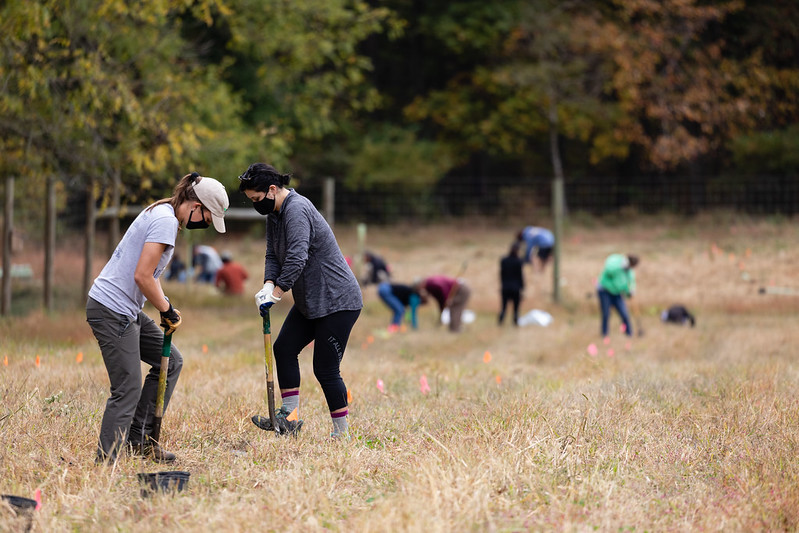
Tree planting
Emerging Green Technologies
Innovators work every day to develop new technologies to create a greener society. Some recent developments to look forward to include: Wastewater energy production, electric vehicles, or my personal favorite development, green architecture. Luckily, in the past decade, the United States’ investment in green technology has increased drastically. As long as we push for these eco-friendly investments, we can hope that our vision of a sustainable society will become reality!
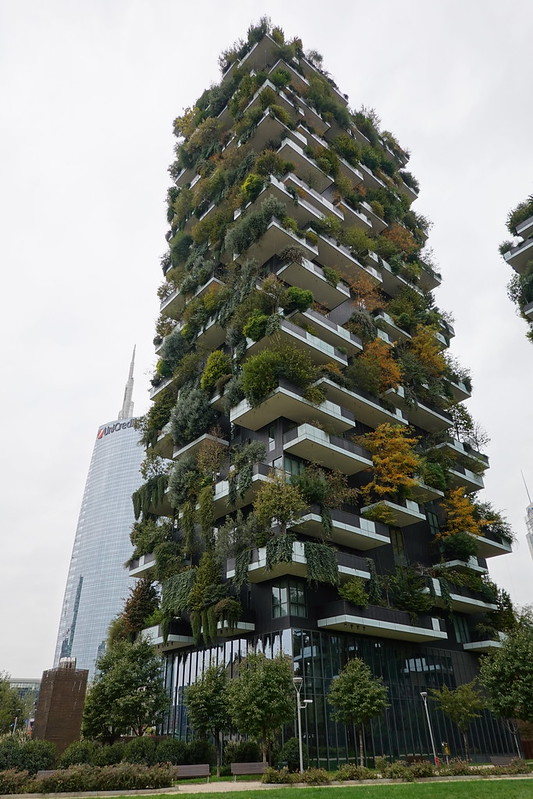
Vertical Forest- Milan IT
By: Miranda Gonzales, Long Island Pine Barrens Society
Sources:
https://www.earthday.org/earth-day-network-announces-annual-theme-restore-our-earth/
Posted on April 19, 2021 by Long Island Pine Barrens Society
Staying Connected to Nature

As the world slowly begins to return to normal, many of us will feel the stressors of our old life return – the daily commute, running the kids to and from sports practice, or spending our free time at a family function on the weekend. However, as we’ve covered on our blog before, staying connected to nature is important for our physical and mental health. Researchers have also found that it’s especially important for our kids to get outside to avoid “Nature Deficit Disorder.”
So, how do we find balance? How do we keep up with the hustle-and-bustle of everyday life but still stay connected to nature? Here are some simple ideas:
Bird-watch in your own backyard. Check out the birds that frequent your backyard with these great tips from Audubon New York. Not seeing or hearing much? Put up a bird feeder. In the Spring or Summer, you might even be able to attract hummingbirds by putting out a special sugar water feeder or planting special flowers.

Watch for birds in your own backyard.
Set-up a backyard garden. Buy some seeds or some starter plants from a local nursery and start a vegetable garden. Keep note of how the plants transform each day. Make a family meal using your own veggies. Or, try sprucing up your landscape with native plants. Check out the Long Island Native Plant Initiative for some great advice on how to utilize Long Island’s native plants in your yard.
Look up at the night sky. Shut out all your lights and head outside to look-up. Use an app like SkySafari to point up to the sky and see what you’re looking at. Try and identify the stars, planets and constellations that you see.
Go on a hike. Check out our recreation guides to explore a Pine Barrens park on your own or join us for one of our guided hikes. Our Long Pine Barrens Parks Passport is the ultimate Pine Barrens self-exploration guide. It covers 10 parks with 10+ Pine Barrens lessons to be learned along the way, making it perfect for families, classrooms or just the solo hiker who is looking to learn more about this unique ecosystem.
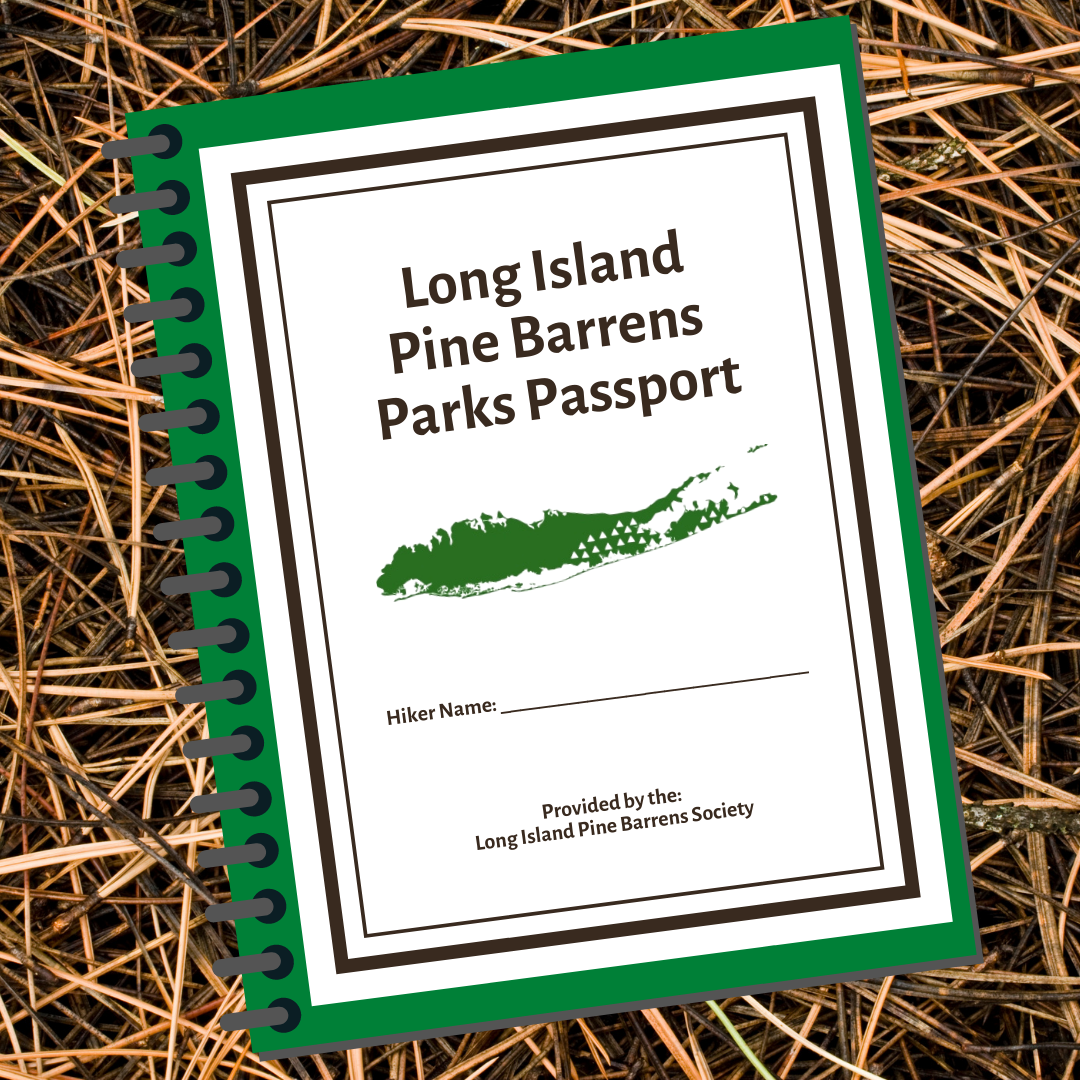
Long Island Pine Barrens Parks Passport
Identify the plants you see. Whether you notice a new wildflower in your backyard, are taking a walk throughout your neighborhood or are hiking though the Pine Barrens – identify and learn about the plants you see by using apps like iNaturalist or PlantNet. Simply snap a picture with your smartphone and learn all about the plant before you.
Incorporate nature into your work day. Still working from home? Grab your laptop, cellphone or notepad and work outside. Back at the office? Step out for a bit and enjoy your lunch break outside.
If 2020 and the COVID-19 pandemic was good for anything, it allowed some people the privilege of the opportunity to slow down. People also explored our natural spaces in record numbers. As we hopefully begin our return our normal, let be sure not lose our connection with nature. It’s far too important.
By: Katie Muether Brown, Long Island Pine Barrens Society
Posted on April 15, 2021 by Long Island Pine Barrens Society
Hummingbirds Have Arrived
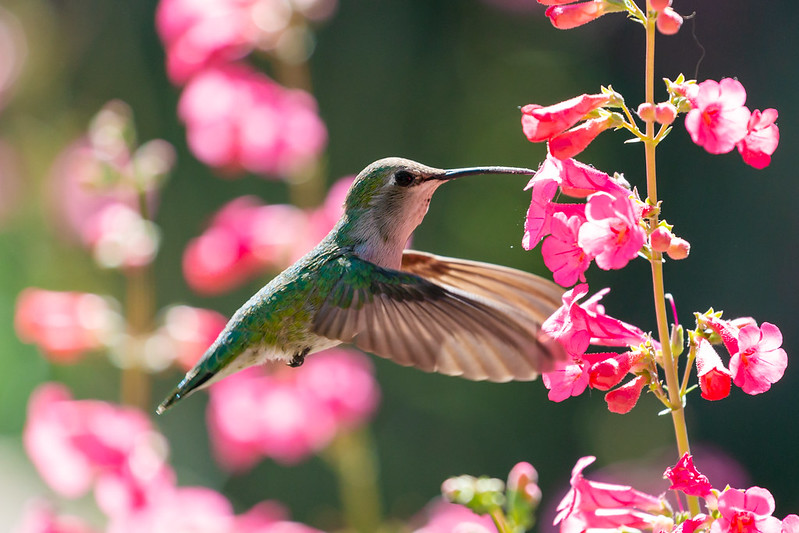
Hummingbirds are back!
Spring signifies rebirth, as flowers begin to bloom and the natural scenery turns vibrant green. With the boasting greenery brought by the warmer weather, comes the return of Hummingbirds to Long Island! By mid-April through early-May, Hummingbirds should start making their journey to Long Island, after spending the winter in the tropics. Toward the end of May, Long Island will have Hummingbirds scattered all throughout Nassau and Suffolk County (although they tend to favor the Pine Barrens region, and who can blame them!).

Map taken from HumingbirdCentral.com: Red figures represent Red-throated hummingbird spotted locations in 2021
About
What’s so special about Hummingbirds? Well, actually there’s a list of traits that make these birds unlike any other. With 328 Hummingbird species, this family of birds sees no shortage in unique attributes. Hummingbirds are known for their petite figure. In fact, the Bee Hummingbird species (native to Cuba) is the smallest bird in the world, averaging at about 2.2 inches in length. Hummingbirds also fly at great speed. Some records show they can move up to 100 mph! Not only can they travel fast but they have impressive agility. Ruby-throated Hummingbirds have been seen to flap their wings at 50 beats per second! Their wings also allow them to fly in every direction: forwards, backwards, and even upside down.
Long Island
Looking for hummingbirds on Long Island won’t be easy due to their small size and swift movements, but it’s not impossible! As stated earlier, hummingbirds arrive on Long Island in mid-spring and by the summer, Hummingbird populations will peak. Predominantly, Ruby-throated Hummingbirds will inhabit the island. Looking for the traits in this specific species, like their reddish necks, will make identification easier. In general, Hummingbirds tend to favor red, blue or purple flowers. If you wish to attract hummingbirds to your own garden, installing a sugar water feeder can lure them in. Plants to put in your garden, that Hummingbirds love, include Trumpet Vine, Honeysuckle, or Cardinals. If you have no luck bringing Hummingbirds to you, then you may come across hummingbirds at the following Long Island parks: Quogue Wildlife Refuge, Elizabeth A. Morton National Wildlife Refuge, or Mashomack Preserve. Make sure to bring binoculars and stay quiet so you don’t scare the birds away!
By Miranda Gonzales, Long Island Pine Barrens Society
Sources:
https://nationalzoo.si.edu/migratory-birds/hummingbirds
https://www.hummingbirdcentral.com/
Posted on April 8, 2021 by Long Island Pine Barrens Society
Tick-Safe Hiking
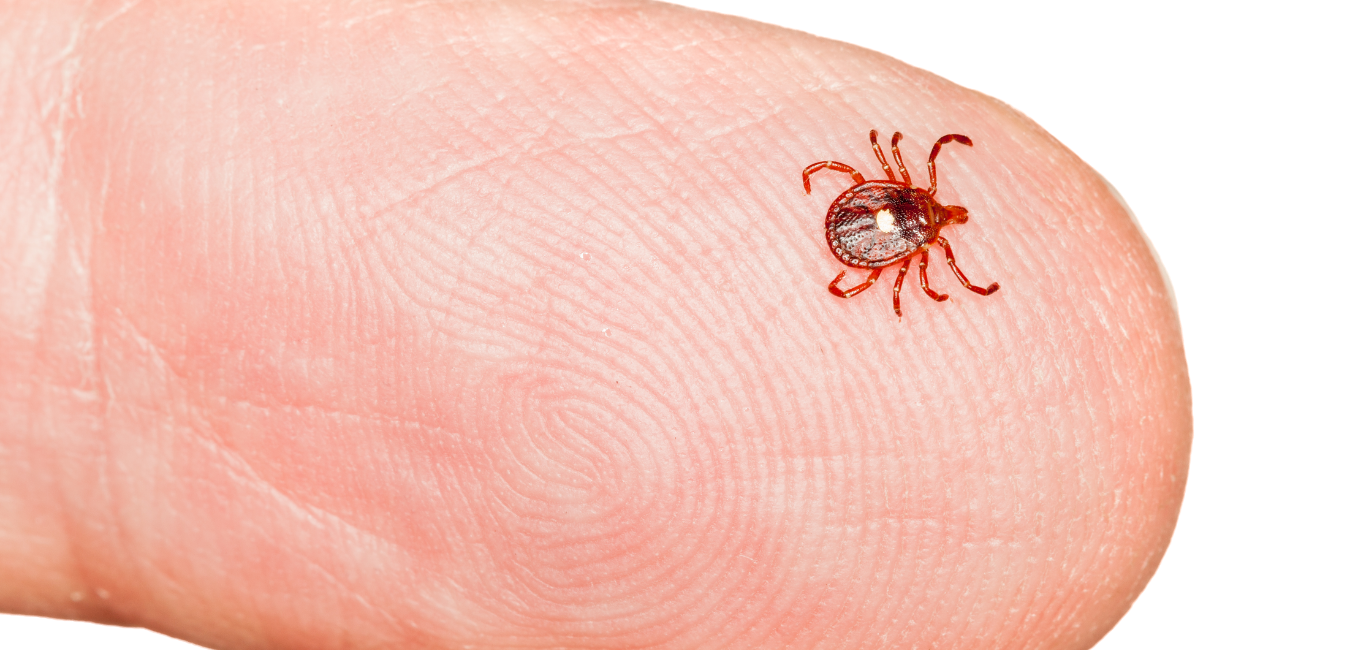
It’s no secret that Long Island is a hot-spot for ticks and tickborne illness. Long Island has the highest rate of Lyme Disease in the country. However, even with this fact, it is still uncommon to fall ill to a tickborne illness.
It’s very important to be mindful of ticks while hiking through our woods, but the fear of ticks should not keep you from enjoying Long Island’s beautiful outdoors. The best thing you can do is to know how to prevent these tiny pests from latching on.
Long Island’s Ticks
Tick populations across the United States have been on the rise as a result of climate change and habitat destruction. There are three main species that are prominent within Suffolk County – the Deer Tick, Lone Star Tick and American Dog Tick. A fourth tick, the Longhorn Tick, is expected to reach Long Island within a few years. This chart from our “Detecting Ticks on Long Island” guide breaks down the three most common ticks on Long Island.
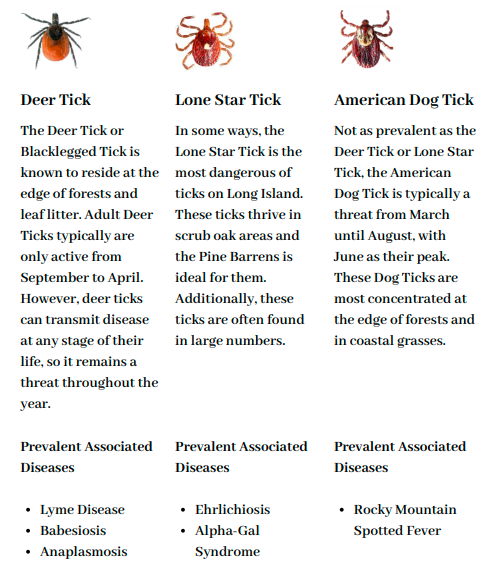
Common Ticks Found on Long Island
Many people confuse ticks with chiggers. However, there is no known presence of chiggers on Long Island. People who have come out of the woods with itchy, red legs covered in bites have likely come in contact with Lone Star Tick larvae – which are similar in size and leave bites similar to chiggers.
What to Do Before Entering the Woods
Limit Your Exposure Area – Try and limit the amount of skin that is exposed. Tuck your pants into your socks and shirt into your pants. Tie back long hair. If you can, wear long sleeves and pants. Wear closed-toe shoes. Wear lighter color clothing that will allow you to spot ticks easily.
Wear Tick-Repellant Clothing – Treat your clothes with permethrin or buy clothes already treated with tick-repellant. Always carefully read and follow the instructions when using tick-repellants, many cannot be directly applied to skin but are applied to clothing instead.
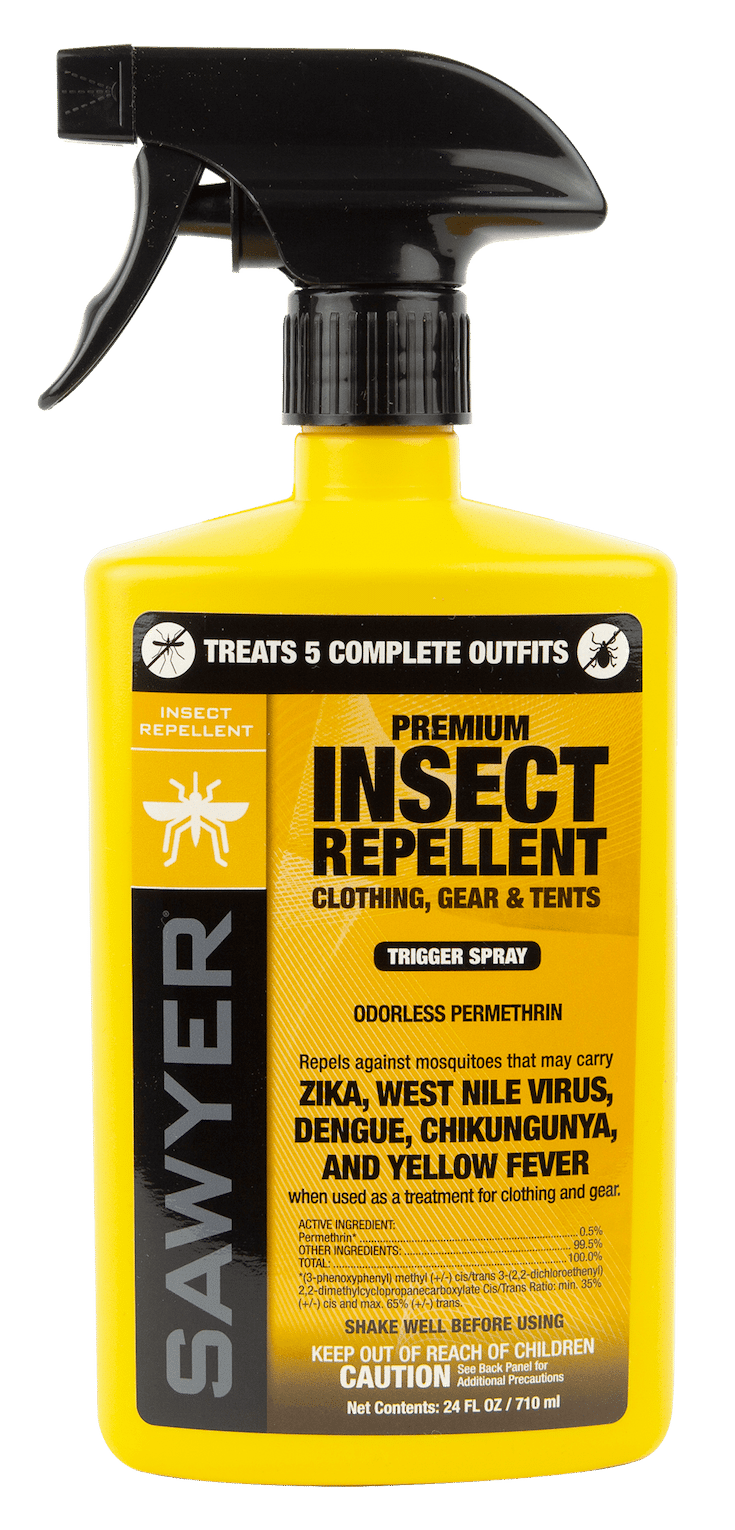
While in the Woods
Remain on the Beaten Path – Always stay on designated trails. Avoid walking through tall grasses or through brush.
Check Yourself Mid-Hike – Keep checking your clothing throughout your hike, brush off any ticks you may find.
Before Getting in Your Car – Check for ticks again, especially on your shoes. Some people keep a lint roller in their car and go over their clothing a few times to pick-up tiny larvae.

Pick up ticks and tick larvae using a lint roller.
At Home
It’s important to discover ticks on one’s skin as soon as possible. In most cases, the tick must be attached to your skin for 36-48 hours before it can transmit disease. So, if you find a tick on you right away – don’t panic.
Check Again – Remove all of your clothing and place it in the washer immediately. Check yourself for ticks once again. The most common areas where ticks can be found are: the back of the neck, the scalp, behind the knees, armpits and groin area. Take a shower as soon as you can.
If Bitten – Use tweezers to grab onto the tick and remove it (make sure not to leave the head of the tick behind). Drop the tick down the toilet and flush. Treat the bite using an antiseptic. In the coming days, if you experience fevers or chills, aches and pains, rash, skin ulcers, or any flu-like symptoms, consult a doctor immediately.
Don’t Forget Your Pet
Did you bring your dog along on the hike? It’s important not to forget about your furry friend! As a preventative measure, you can have your veterinarian prescribe flea and tick protection pills or provide a Lyme Disease vaccination shot. Still, always check your dog after and remove any ticks using the method described above. Make sure to especially check behind the ears and between the pads of their toes.
On our guided hikes, we like to tell people, “Be mindful, but not paranoid.” You don’t need to avoid the outdoors all together, just stay informed, prevent bites as best you can and remove any ticks you find immediately.
By: Katie Muether Brown, Long Island Pine Barrens Society
Posted on April 1, 2021 by Long Island Pine Barrens Society
How Environmentally Friendly is your Closet?

WHAT’S IN YOUR CLOSET?
The fast fashion industry has become wildly popular and with that, a mass consumption of clothing will lead to large amounts of textile waste. In fact, the EPA estimated that the US produced 17 million tons of textile waste in 2018. On top of the waste created, the fibers used to make our clothing can also negatively impact our environment. If you ever look on your clothing tags, you’ll notice a breakdown of what fibers compose them. We can break these different fibers up into three different categories: synthetic fibers, natural-based fibers, and natural animal source fibers.
Among the most environmentally friendly fibers are organic cottons, hemp, or tencel. These all fall into the natural-based fibers category. Your next best choice of fibers would be natural animal source fibers, like silk or wool. These types of fabrics are naturally-made, so they do not contribute to microplastic pollution. However, these fibers also have their downside. Cotton often consumes large amounts of water for production and natural animal source fibers require animal agriculture that occupies large areas of land and can often operate unethically.

On the other hand, synthetic fibers like polyester, nylon, spandex, or acrylic are deemed as the least environmentally friendly fibers. These manmade fibers contain plastic and every time a piece of clothing with these fibers get washed they release about 1,900 microplastics every time. Because the sheds of plastic appear so small, they cannot be filtered out of the water, thus making their way into our oceans, seafood, and our drinking water. Long Island’s drinking water quality already suffers, so the addition of microplastics will only feed the fire.

Taking a moment to look through our clothes to understand their composition can help us get ahead of the microplastic problem. If you haven’t done so already, look at the tags on your clothes. It’s likely many articles will have some type of synthetic fiber. These fibers are affordable, therefore loved by fast fashion industries. Ultimately, investing in more durable, naturally-sourced clothing would be ideal, but not everyone has the budget for that, and that’s okay! So, we’ll leave you with a few tips to help minimize your microplastic pollution:
1.Rewear your clothes
This is up to the wearers discretion, but if you find you throw clothes in your laundry basket after only wearing them for a few hours, perhaps reconsider!
2. Use cold water to wash clothes
When you use hot water to clean your clothes you increase the number of microplastics that get released.
3. Purchase a Guppy friend
A Guppy Friend bag creates a great solution to limiting the microplastic released by synthetic fabrics. Simply place your synthetic clothing items in the bag on laundry day, and when the wash is complete, take the clothes out and discard the left over microplastic.
By Miranda Gonzales, Long Island Pine Barrens Society
Sources:
Posted on March 24, 2021 by Long Island Pine Barrens Society
Leave No Trace

Thanks to the COVID-19 pandemic, people have been enjoying Long Island’s great outdoors more than ever. With most attractions closed or many feeling unsafe visiting indoor locations with others, Long Islanders have developed a new love for our woods and beaches.
Unfortunately though, an increase in visitors can also mean an increase in litter and land degradation. We’ve seen people violating park rules, like walking their dogs unleased or in parks where they are not allowed. We’ve also seen an increase in litter, like food and beverage containers, dog waste bags, and even a new kind of litter, personal protection equipment, like masks and gloves.
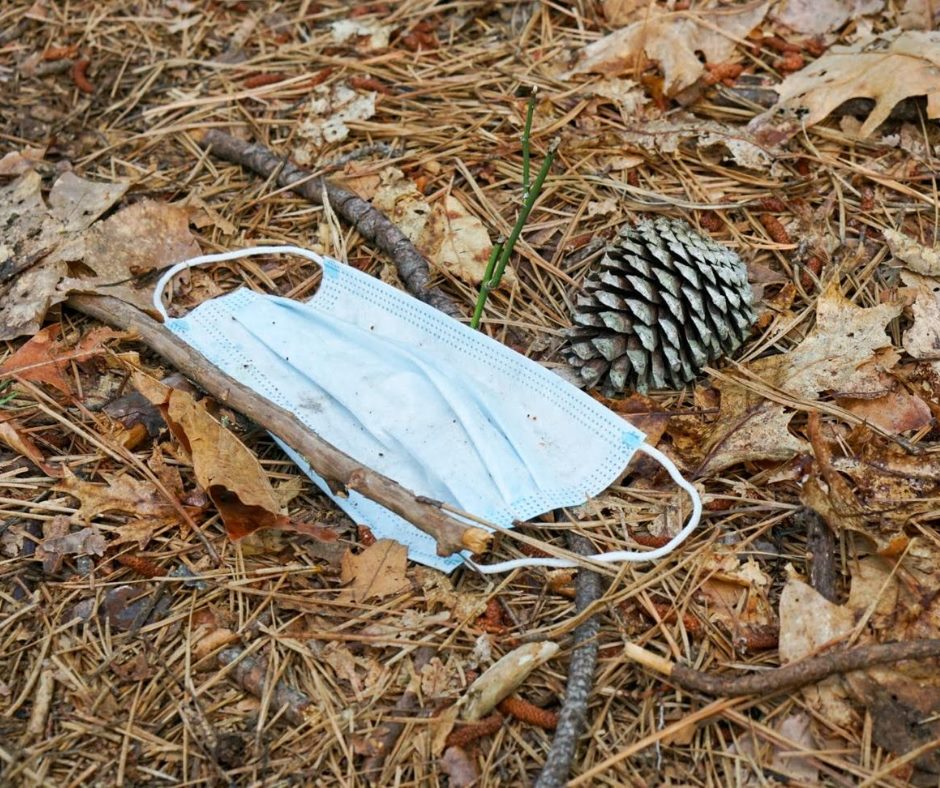
Mask littered in the Pine Barrens Woods – June 2020
Don’t get us wrong, we love seeing people discovering and enjoying Long Island’s natural treasures. Long Islanders have put up more than two billion dollars to purchase and preserve open space. This land is your land! However, it’s important that we respect the land and take care of it. We often say it’s best to “leave no trace” – but what exactly does that mean? Here are some suggestions on how to best enjoy our parks without trashing them.
Don’t litter. Properly dispose of your waste. Most parks have trash receptacles at trail entrances, or sometimes, along the trail. If there are no receptacles, make sure to carry out any items you carry in. If your dog goes to the bathroom, pick up the waste and dispose of the bag properly.
Leave What You Find. Leave with only photographs and memories. Leave areas as you found them. Don’t mark or carve into trees and especially do not leave graffiti. Do not rip out plants or flowers and leave all natural objects. Take pictures instead.
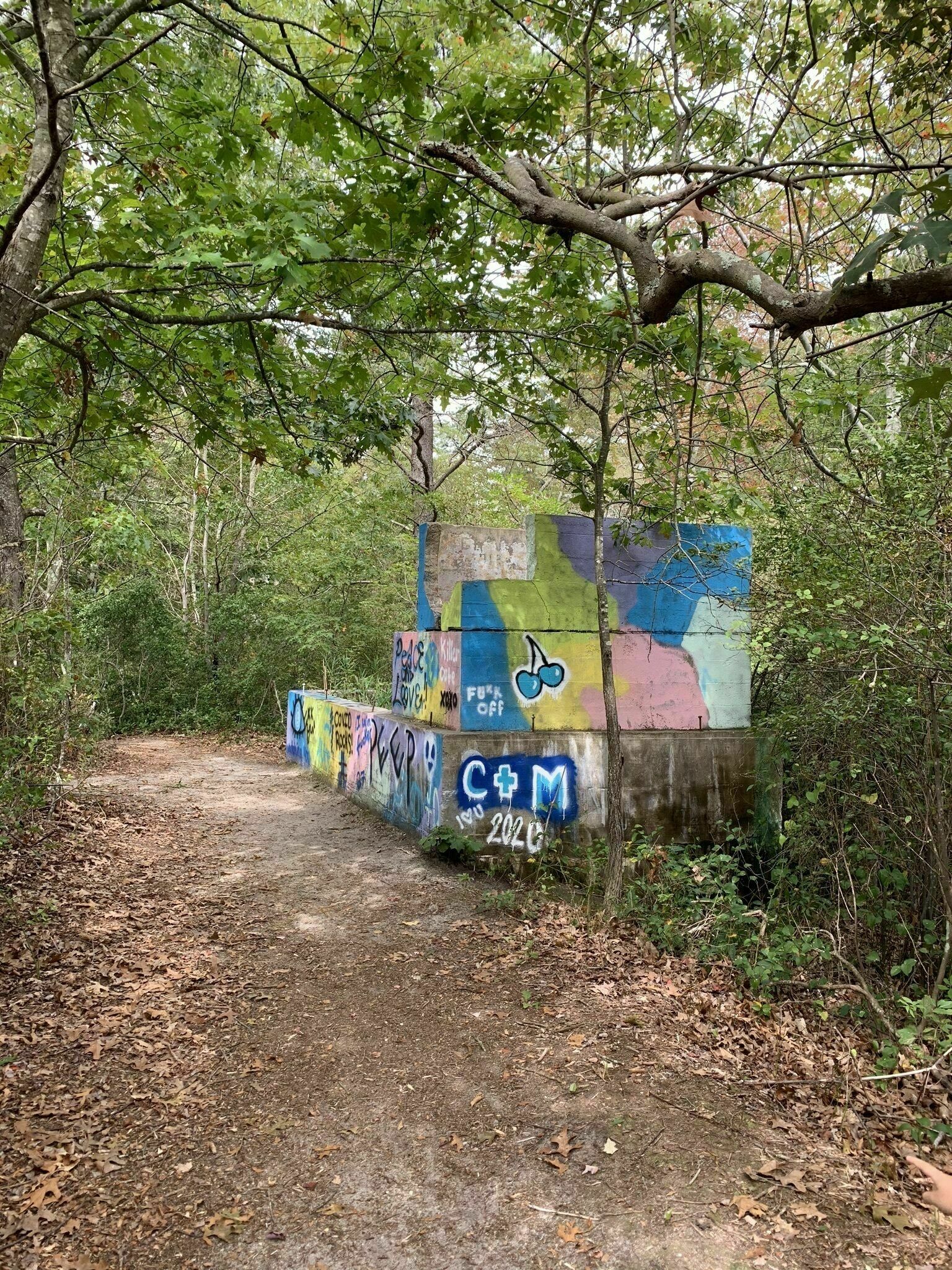
This historic structure at Cranberry Bog County Park (pumphouse from the park’s history as an active cranberry farm) was defaced with graffiti in 2020 during the pandemic. (Photo by Anibal Avendano)
Respect Wildlife. Observe wildlife from a distance. Do not touch, pick-up or feed wild animals. If an animal changes its behavior because of you, you are too close and have caused a disruption. We have noticed that seal watching has become especially popular during the pandemic – seals are a federally-protected species, always maintain at least 200 feet distance.
Stay on Trails. Trails were designed to allow people to travel through the woods while minimizing impact on the environment as much as possible. Stay on the trails to avoid trampling plants (many of which are rare in the Pine Barrens), eroding land, and to avoid picking-up ticks.
Be Considerate of Others. By leaving no trace and respecting park rules, you keep nature intact for others to enjoy. Why did you head out into nature – to enjoy the peace, beauty and solitude? Well, be sure not to ruin that for others. Keep noise to a minimum. Do not litter. Leash your dogs and pick up and properly dispose of their waste. Be respectful with technology such as phones, cameras and drones. And of course, always be kind to others.
By following these simple principles, we can all safely enjoy our beautiful surroundings and keep it in tact for future generations. Enjoy your time in nature and leave it the way you found it, so others can enjoy it too. Leave with nothing but memories and photographs.
By: Katie Muether Brown, Long Island Pine Barrens Society
Posted on March 17, 2021 by Long Island Pine Barrens Society
Invaders of Long Island
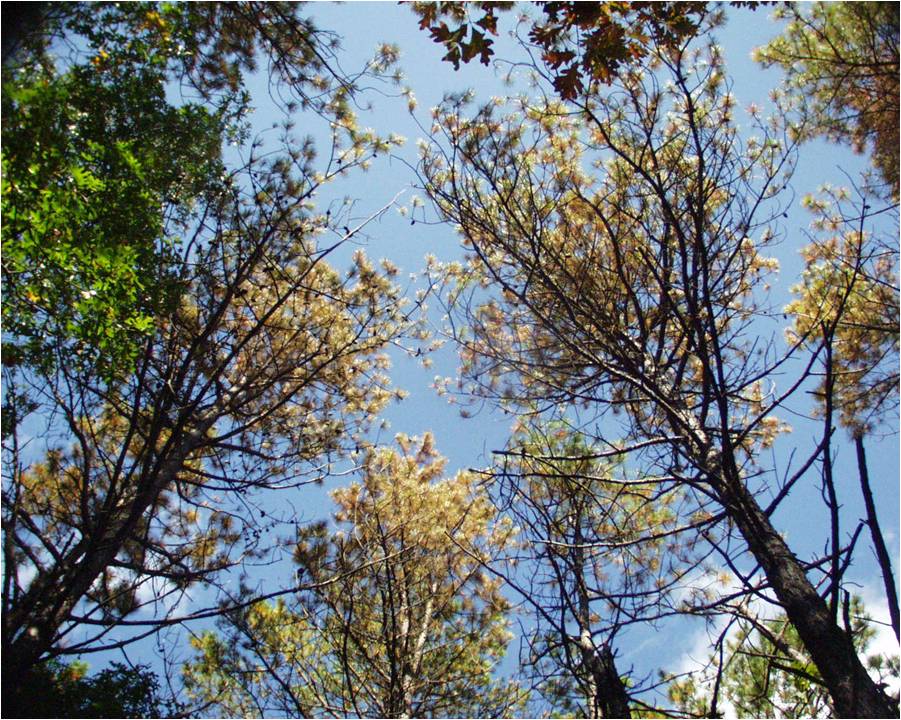
Long Island sees no shortage in unique plant and animal species that inhabit the Pine Barrens. These species all carryout specific functions to maintain the flow of the ecosystem, but sometimes new species make their way into these environments where they don’t naturally belong. Depending on how these incoming species affect their new ecosystem, they can be classified as an invasive species or just a non-native species. All invasive species are non-native species but non-native species are not always invasive. To break it down, a non-native species does not occur naturally in their new environment, but they do not cause harm, while an invasive species is a type of non-native species that causes environmental, economic or human harm in their new environment.
Researchers study invasive species to determine the three threats they pose to the given environment. To cause environmental harm, a species will outcompete the native species either directly or indirectly. By damaging the environment, invasive species also cause economic harm. For example, if an area relies on the income earned from outdoor recreational activities, a damaged environment may deter tourists from visiting, thus decreasing profit from tourism. Lastly, an invasive species may also cause human harm by creating new diseases, or acting as a vector for existing diseases.
Long Island hosts an array of invasive and non-native species. We see these species in terrestrial, aquatic and marine habitats. The following list provides some examples of non-native invasive species that you may have come across while exploring our many parks.
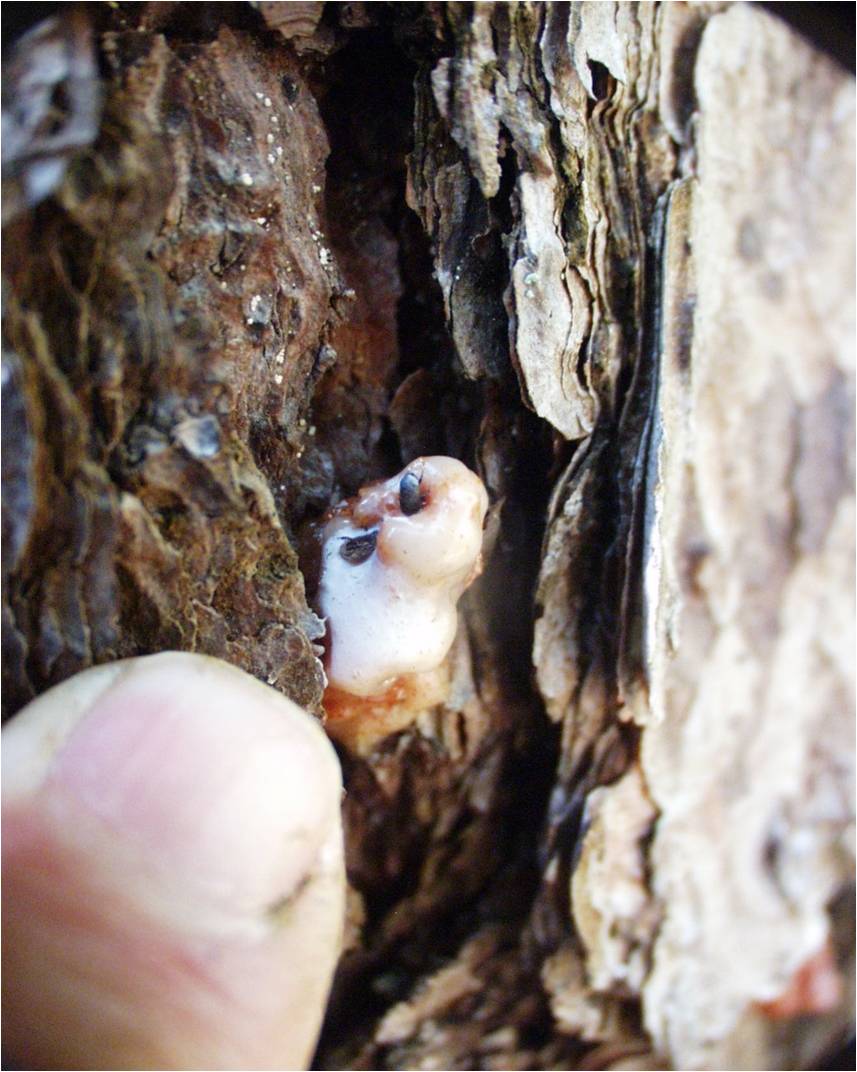
Photo by John Wernet
Southern Pine Beetle
The Southern Pine Beetle (SPB) invaded Suffolk County from the southern part of the US and this tiny pest has spread widely throughout the Long Island Pine Barrens. SPB burrow themselves into trees like Pitch Pines and introduce a deadly blue-stain fungus, and by doing so, they stop essential nutrient flow which can kill the tree in as little as 2 months. The New York State Department of Environmental Conservation (NYSDEC) composed a Southern Pine Beetle Management Plan that aims to monitor the SPB populations, cut down at-risk trees to slow infestation, and restore infected land.
Multiflora Rose
This plant species made its way to the US from Japan in the late 1800s. Multiflora Rose has a high seed germination thus increasing their chance of outcompeting native plant species. Efforts to slow the spread of this invasive species include removal of seeds, use of herbicides, and recent studies await approval to release European Rose Chalcid wasps that would utilize the multiflora rose seeds as a place to store their larvae.
Mute Swan:
Mute swans made their way to the Northeast coast of America through captivity. When they escaped into the wild, they soon became classified as an invasive species as they often overconsume aquatic vegetation and aggressively attack the native waterfowl. The NYSDEC established regulations to control the mute swan population growth by prohibiting the sale, transportation, or introduction of new mute swans in New York.
By Miranda Gonzales, Long Island Pine Barrens Society
Sources:
Posted on March 10, 2021 by Long Island Pine Barrens Society

